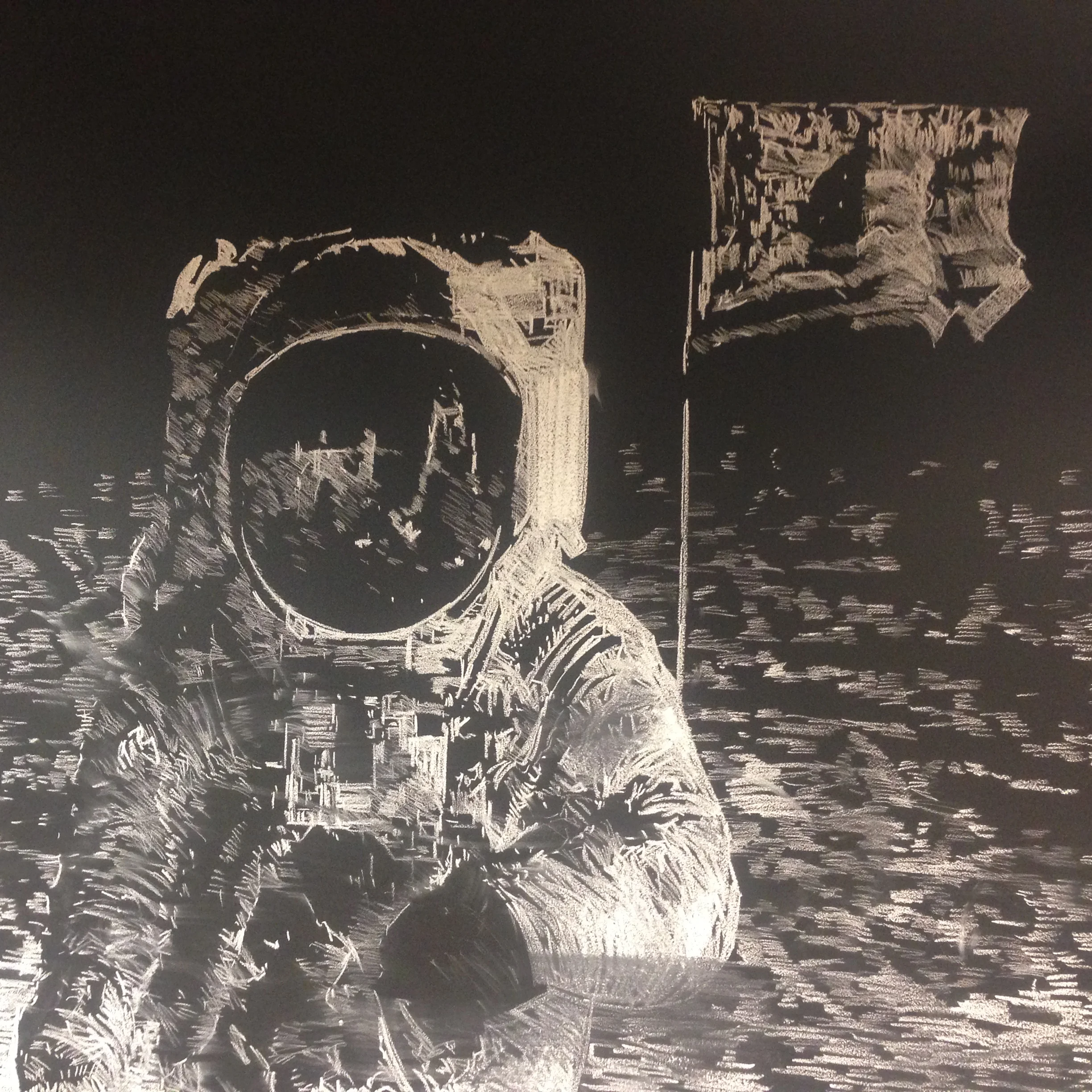Design a mobile app with augmented reality and personalization features.
My Role
Competitive Analysis, Research, Sketching, Wireframes, Usability Testing, Client Presentation
Tools
Whiteboard, Survey, Sketch, InVision, Google Slides
Duration
10 days
Mission
Extend the audience reach for the Smithsonian National Air and Space Museum and provide potential new revenue channels.
My team and I set out to design a comprehensive museum experience and provide a personalized avenue by allowing visitors to find exhibits that interest them, along with easier navigation.
Discovery + Research
I created a user survey, wanting to understand the positive points and the frustrations that visitors experience when venturing to a museum. I analyzed this data and listed a variety of features from augmented reality for the interactive function to a personalized itinerary, both would be great for families, tourists, and locals alike.
What gets you the most excited about visiting a museum?
In addition to the user survey, I performed user interviews to gain additional insight. With this information combined, I created an affinity map with my team, breaking out 3 user archetypes.
Affinity Mapping with information from survey results to break out user archetypes
The 3 Personas: Ally, Henry, and Lynda
“My time at the museum needs to be structured.”
The primary persona, Lynda, is a mom of three and is planning a vacation to DC for her family. She’s interested in a personalized itinerary with a range of exhibits and events for all her family members including interactive games for the family to enjoy.
Next, we have Henry, a non-profit policy researcher living in Capitol Hill planning a date. He wants to be sure to avoid crowds and see feature exhibits. Thirdly, we have Ally, an engineering student at GW who hopes to work for NASA one day. She goes to the Air & Space museum every 2–3 months, attending lectures, and enjoys wandering around exploring.
Common frustrations:
- Crowds
- Navigating through the museum
- Information is not easily accessible
- Not enough interactive activities
Maintaining focus on Lynda, we created a user flow based on what a trip to the museum would look like, from pre-planning through post-visit.
Design Process
During competitive analysis, I took note of various features and functions that I wanted to sketch out. I liked the idea of creating an interactive map, where it would be aesthetically pleasing as well as valuable because there would be images instead of text-only exhibit titles on the map. The images are clickable and will take the visitor to the exhibit info page and provide families, like Lynda's, a range of information with a quick tap of a finger.
Map iteration process from sketch to prototype
Below, I show another iteration of what started out as the Highlights page. After user feedback, this turned out to seem impersonal and didn’t explain that it was the automatic list compiled with exhibits from the visitor’s personalized interests. I also received feedback that the plus icons only seemed to denote that a visitor could add an item, but left them puzzled if they wanted to remove something. With that, I used x’s instead, which is more conventional.
Highlights iteration process from sketch to prototype
Prototyping + Usability Testing
During usability testing, there were some navigation problems and confusion around the AR Navigation on the map. In my final iteration, I added a back button and created an AR Nav icon to alleviate this confusion.
We also narrowed down our global nav bar and since we wanted to highlight the personalization, as well as keep the map prominent for easier navigation, the hamburger menu remained in place and we added “My Interests” so visitors would always have access to the exhibit information that they curated for themselves at the top of every page.
With usability testing wrapped up, my team and I made necessary changes, updating our clickable prototype in InVision.
Aren’t you just a bit curious? Explore below.
Results
As a team, we created an interactive map with images and a personalized itinerary option to put the information into the visitors' hands, making it more accessible no matter the size of the crowd or if a family wanted to rest on a bench. We also featured an AR Navigation system to solve the issues of trying to navigate through the large museum.
Lessons Learned
Reflecting on this project, I would have pushed myself to do more usability testing. I received constructive feedback from the first round. With the strict time constraint in palce, I also would have removed the AR Navigation feature. The survey results stated that 71.9% preferred to wander around museums, so I would have liked to divert my focus to diving deeper into the other frustrations, such as high volume crowds and making exhibit information readily accessible.
More research. I would visit the museum and have a 3-prong approach.
- Observe. I would simply sit in a location and observe people's interactions.
- Engage. I want to do several more user interviews with the specific target audience.
- Prioritize. I would set up a 2x2 matrix to hone in on feature prioritization for the MVP.







